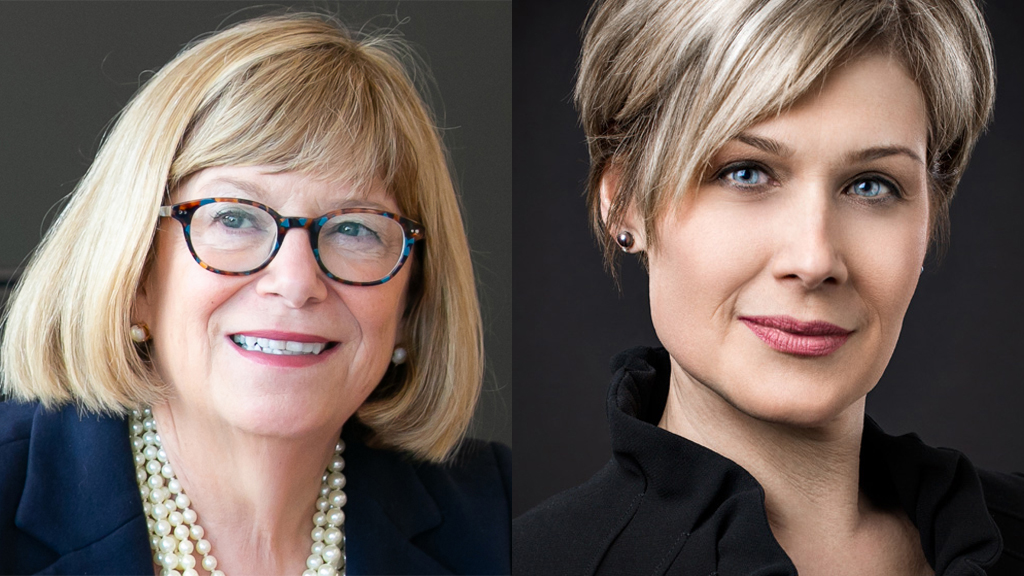Microsoft/Linx 2VSN demo "inconclusive"
People who took part in the HDTV-over-2VSB mobile transmission test at NAB said the images they saw tended to break up and freeze at a number of “null” spots. Hosted by Microsoft and Linx Electronics, with Sinclair Broadcast Group lending its local station spectrum, the test showed the challenges surrounding mobile reception, which supporters say is critical to datacasting and alternative over-the-air broadcast business models.
However, the audio seldom failed and in fact makes the brief freeze frames often unobjectionable.
Richard Citta, chief scientist at Linx, who helped set up the 2VSB demo, said the system was being shown to prospective South American clients that are considering the system for their countries. He said the results in no way reflect on the VSB system in general, although he did concede that the ATSC’s 8VSB system used by American broadcasters would never adequately perform mobile reception under its current specifications.
"Significant changes will have to be made to the current system, but that doesn't mean they can't be made," he said. "There are a lot of political issues that need to be addressed first. Whether they ever will be is not for me to say."
The 2VSB signals were also being received at the Microsoft booth on the show floor of the convention center, but they too experienced periods of freeze frames. When this reporter visited the booth, the picture was completely black. The cause turned out to be a wireless microphone company interfering with the receive VSB signal, causing it to fail. The FCC was contacted and the erring company was told to cease transmissions.
Representatives at Linx, including Citta, said the problems were a symptom of Microsoft's Windows Media 9 compression not being designed to handle the demands of HDTV at data rates of 9 Mbps. Microsoft employees said the realities of geography and the lack of a diversity antenna on the van were to blame.
At the show MSTV (the Association for Maximum Service Television) presented results from its recent field-testing of the Linx ATSC-compliant receiver in a technical session. The field test was conducted in three eastern U.S. cities: Washington, D.C., Baltimore and Philadelphia in March.
The professional video industry's #1 source for news, trends and product and tech information. Sign up below.
Thirty-four test sites were used and 250 reception tests were performed, each with multiple receivable DTV channels. While most of the testing was done outdoors, some indoor testing was included as well.
On average, Linx said its receiver was successful in receiving digital TV signals 80 percent of the time. By comparison, a reference receiver also included in the testing received successfully 40 percent of the time. That reference receiver was used in field-testing of proposed ATSC receiver enhancements conducted within the last half-year, also by MSTV, and was deemed to be the best available receiver for that testing. A second reference receiver was also tested, the same one used in earlier field-testing of the Linx receiver in Chicago. That receiver was successful 32 percent of the time, according to Linx.
For more information visit www.Linxelectronics.com.
